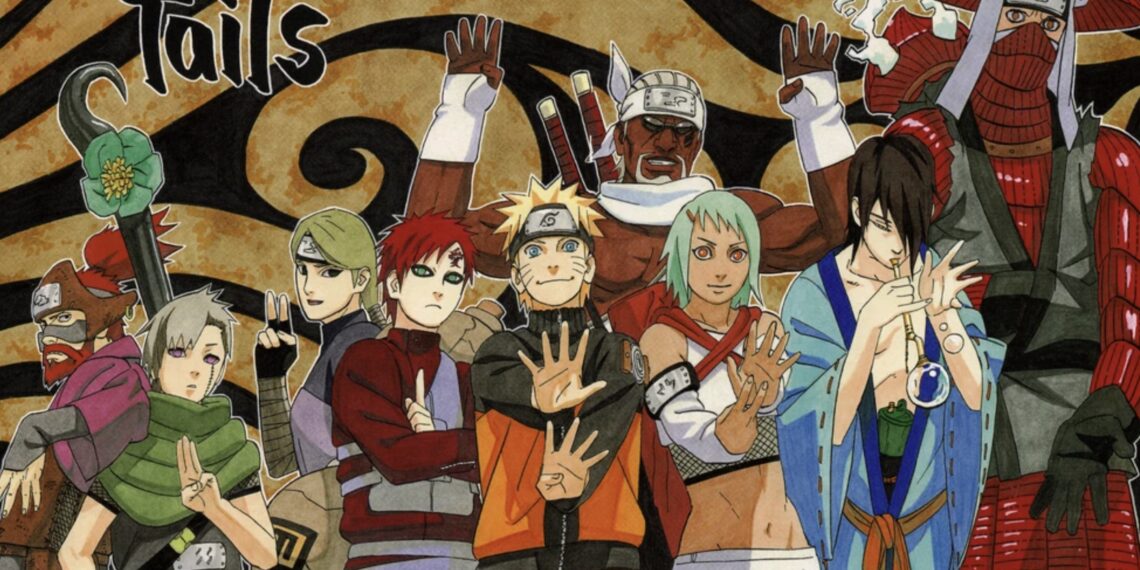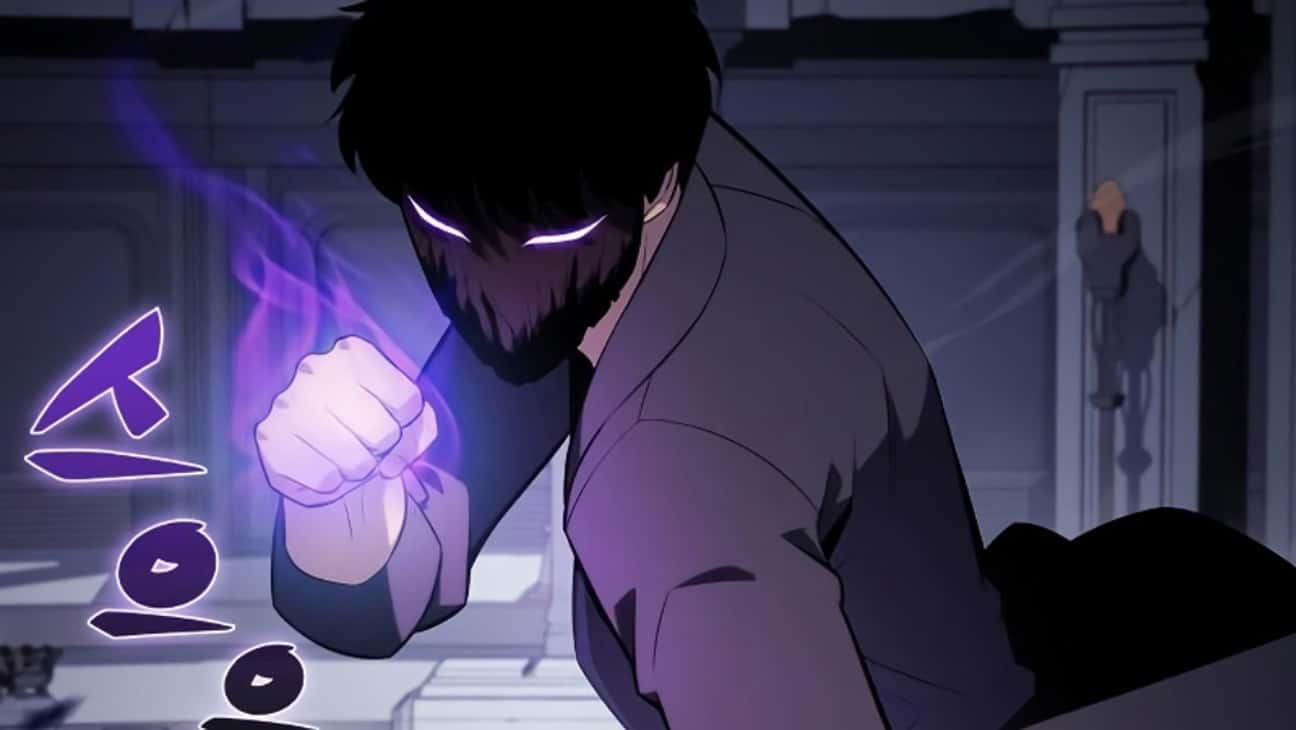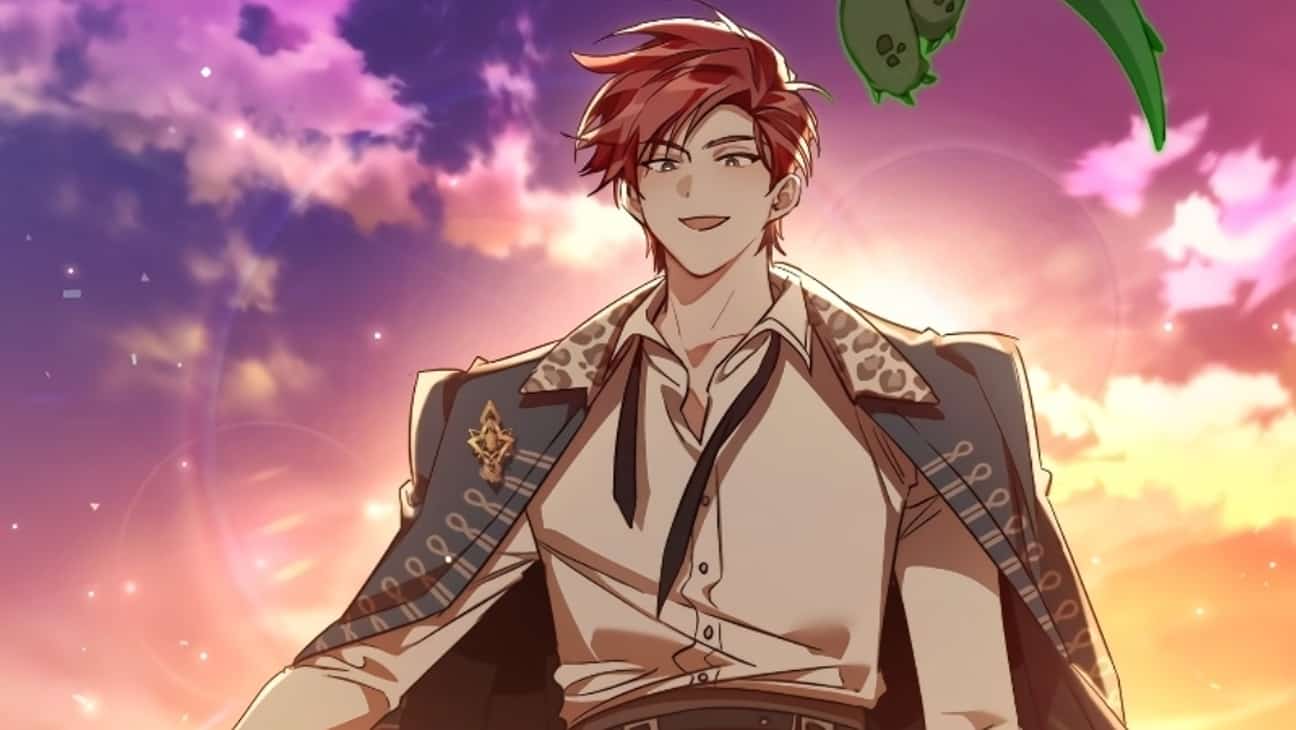The tailed beasts played a pivotal role leading up to and during the climactic 4th Great Ninja War arc. However, after the war ended and peace was restored across the Shinobi world, their fate took a more positive turn.
With the exception of Gyūki and Kurama who remained sealed within Killer B and Naruto respectively, the other tailed beasts were released to roam free once more.
Seeing the tailed beasts as more than just masses of chakra, the allied Shinobi forces vowed to treat them with dignity and respect going forward.
This marked a major shift in attitudes towards the tailed beasts, who had faced scorn and exploitation for decades prior. To symbolize this newfound harmony, each beast was sent off with gratitude upon their release.
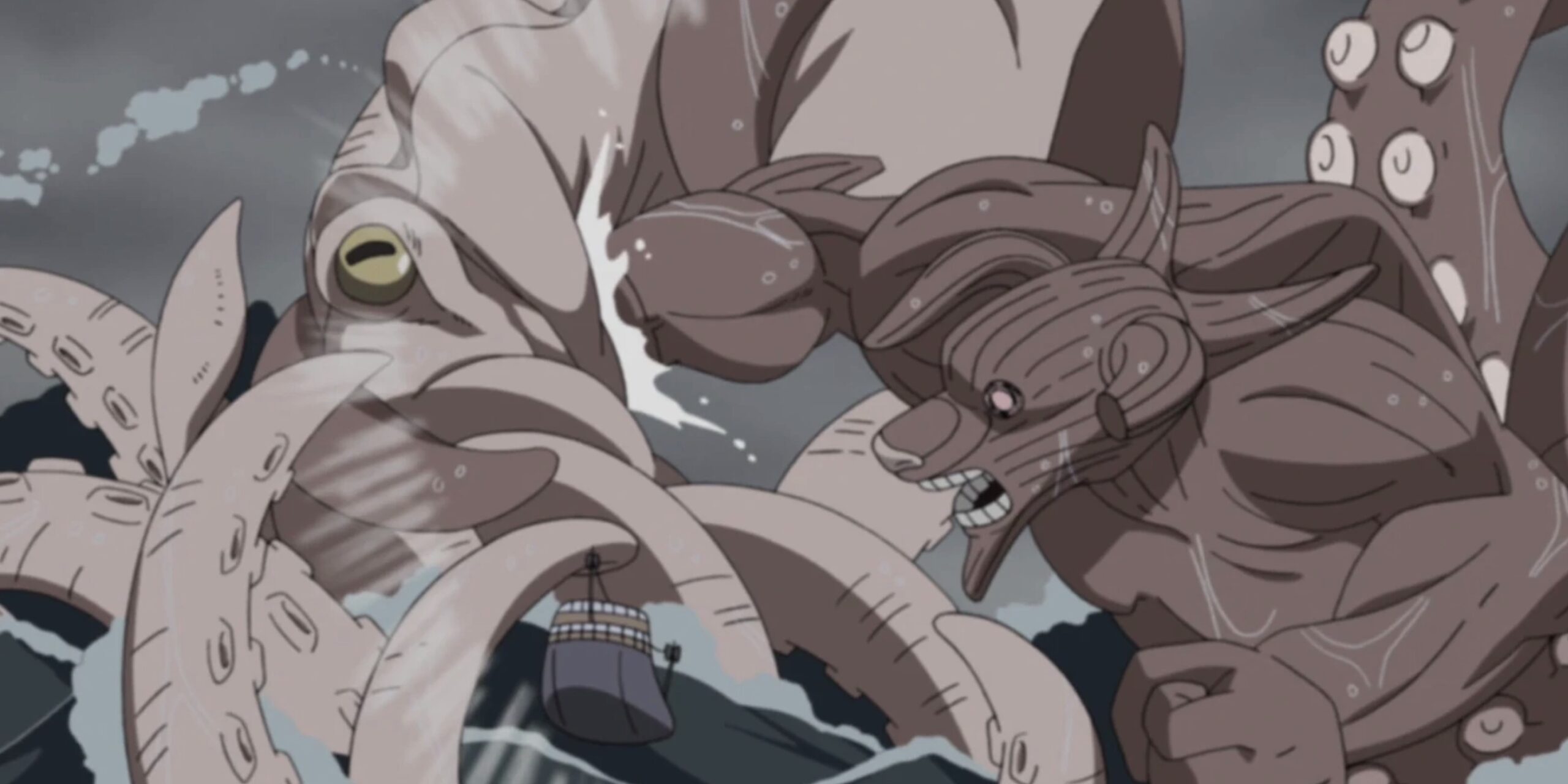
Several even formed strong bonds with the Shinobi they fought alongside during the war. Matatabi developed an unlikely friendship with Naruto for instance.
While others returned to their forest habitats, finally allowed to live normal lives unburdened. Though always watchful in case their power was ever abused again, the tailed beasts found unexpected peace and acceptance in the war’s aftermath.
What Was The Role of Tailed Beasts In the 4th Great Ninja War?
Long before the beginnings of the catastrophic 4th Great Ninja War, the infamous mercenary group Akatsuki had already set in motion a sinister plan – to capture all the tailed beasts and their Jinchuriki hosts in order to resurrect the almighty Ten-Tails.
This powerful beast, once revived, would be a key component in their leader Madara Uchiha’s plot to trap the world in Infinite Tsukuyomi – a matrix-like Genjutsu meant to bring “peace” through utter control and illusion.
By the war’s start, Akatsuki had captured seven of the nine-tailed beasts, sealing them within the towering Gedo Statue for later use.
Tailed Beasts and the Ten-Tails
Only Gyūki the eight-tails remained sealed safely in Kumogakure’s Killer B, while Kurama the nine-tails remained uniquely bound to Naruto Uzumaki.
Seeking to protect these last Jinchuriki and prevent the Ten-Tail’s resurrection, the Allied Shinobi Forces hid Naruto and B early on.
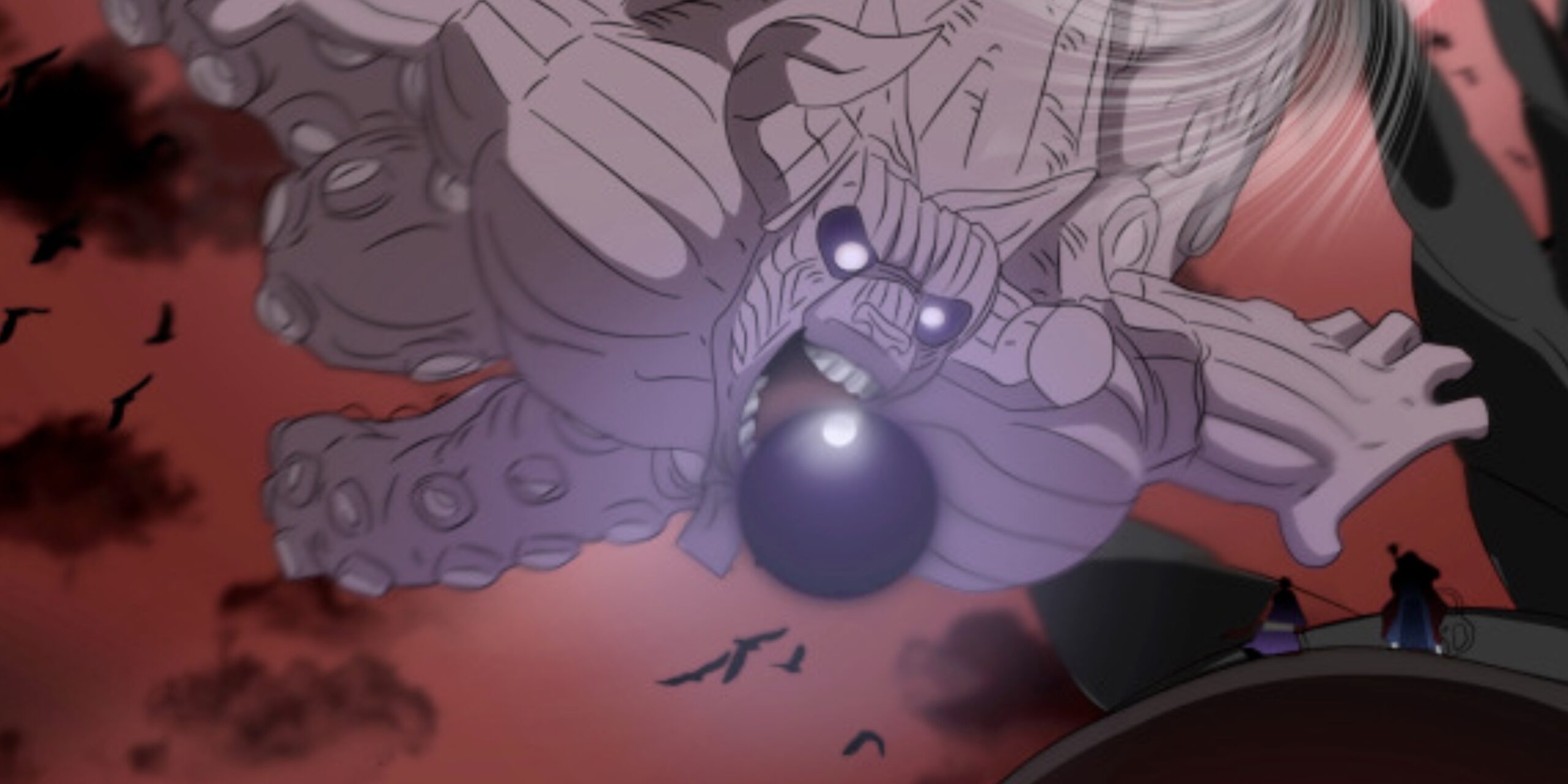
But it soon became clear that only by utilizing Naruto and B’s immense power in battle could the Alliance hope to defeat their Akatsuki adversaries.
And so the two Jinchuriki took to the field, bonding more deeply with their own-tailed beasts to unlock enhanced abilities never seen before.
Though Akatsuki sought to claim Gyūki and Kurama until the war’s climax, Naruto and B proved instrumental in securing victory for the Alliance in the end.
As the tide of the 4th Great Ninja War raged on, the forces of Akatsuki and Madara Uchiha grew ever more desperate to complete their plan.
Protecting Naruto and Killer B
Though initially unable to capture either Killer B or Naruto and extract their tailed beasts in full, they managed by war’s climax to siphon away some of both Gyūki and Kurama’s chakra.
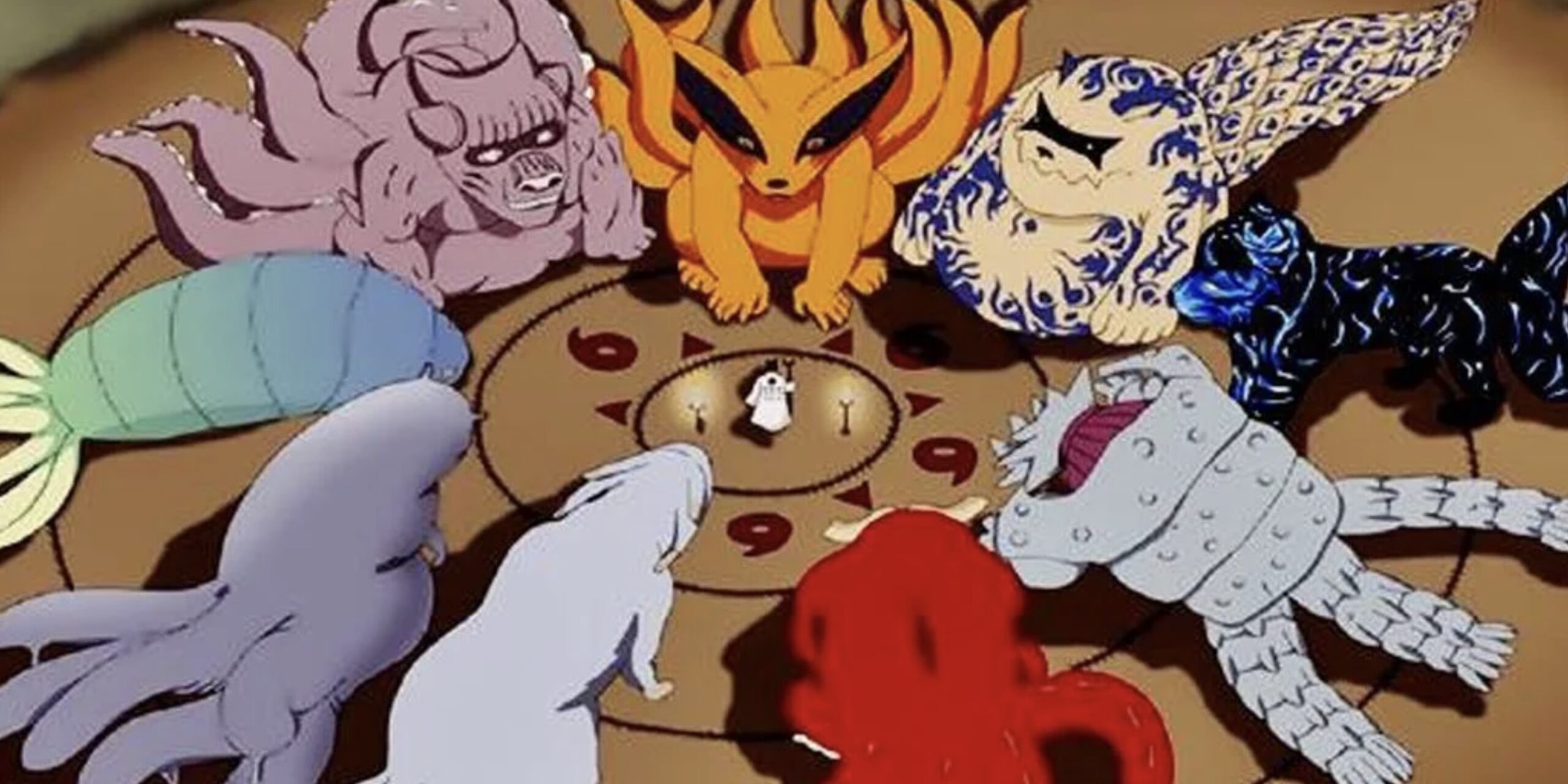
This was still sufficient to begin the Gedo Statue’s horrifying transformation into the resuscitated Ten-Tails – the original source of all-tailed beast chakra.
With the Ten-Tails’ revival, the seven-tailed beasts Akatsuki had previously sealed were also forcibly drawn from the Gedo Statue to comprise the new beast’s power.
Ten-Tails’ Resurrection
Their own wills and autonomy were completely overtaken – trapped within the Ten-Tails as their chakras merged into one apocalyptic weapon for the enemy to wield.
Only fragments of Gyūki and Kurama’s power remained in Killer B and Naruto’s possession, keeping them alive while still allowing the Ten-Tails to emerge to unleash devastation.
In the end, it took the combined forces of the Allied Shinobi, plus Naruto and B unlocking new heights of power, to defeat both the Ten-Tails and Madara Uchiha’s plan.
But the tailed beasts suffered greatly throughout, only freed after the long war’s climax when the Infinite Tsukuyomi was dispelled along with the Ten-Tails being sealed away for good.
Their harrowing experience made the prospects of peace and acceptance thereafter all the more meaningful.
What Happened To All Tailed Beasts In Boruto, After The 4th Great Ninja War
The 4th Great Ninja War brought the tailed beasts immeasurable suffering, but also unexpected allies.
As the original Ten-Tails revived and threatened the world, the legendary Sage of Six Paths Hagoromo Ōtsutsuki was summoned from beyond time itself to aid the Allied Shinobi Forces against this crisis.
Alongside Naruto and Sasuke, Hagoromo managed to defeat the vengeful Kaguya Ōtsutsuki – the Ten-Tails’ original form – sealing her away while liberating the separate-tailed beasts once more.
With Kaguya defeated and balance restored, Hagoromo took time to connect with each tailed beast, the first to see them as living beings instead of just chakra.
Tailed Beasts’ Freedom
He kindly asked them what they wished to do with their newfound freedom. Their answers split them into two groups:

Shukaku, Matatabi, Isobu, Son Gokū, Kokuō, and Saiken wished to roam the wilds and live solitary lives after so much captivity. Ever mistrustful of humans, they set off together to quietly disappear into forests and deserts.
In contrast, Gyūki and Kurama accepted willingly staying sealed within Killer B and Naruto. Having forged bonds with their longtime Jinchuriki, they almost saw it as a continued partnership rather than imprisonment.
And so these two-tailed beasts continued living within their hosts in harmony, helping to usher in an era of understanding.
For a majority of the tailed beasts – from wild Shukaku of the Sand to the reclusive Saiken – their response to Hagoromo was the same: they simply wished to return home and live freely once more.
And for most, “home” meant the natural wilds they’d roamed for centuries before mankind disturbed the balance by hunting them down.
Roaming or Remaining Bound
Whether the dense forests Kurama once prowled, or Isobu’s long-lost lakes he protected, each had a habitat in the natural world they longed to rediscover now that they were no longer bound down or exploited as weapons.
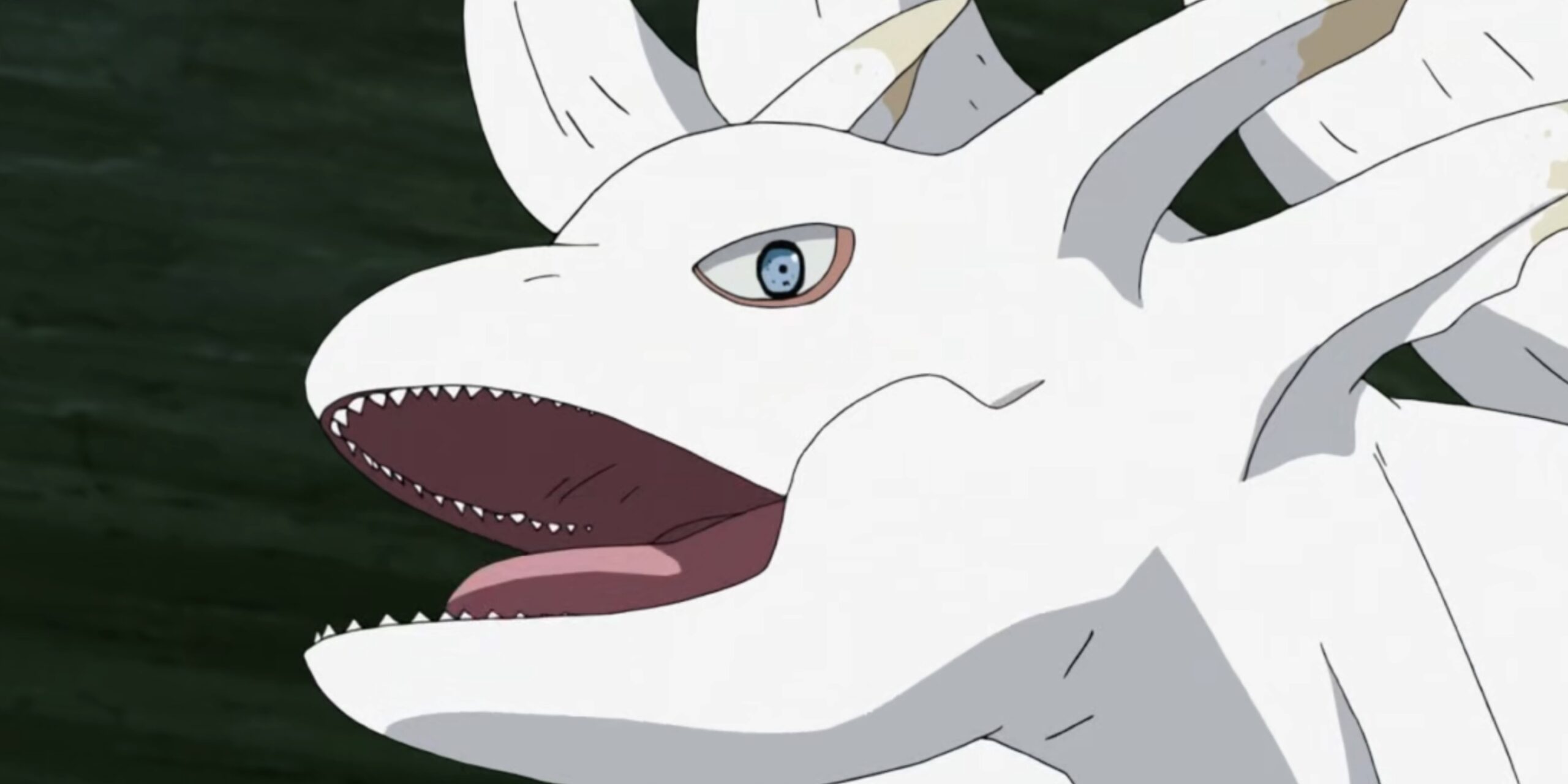
After lifetimes sealed into jinchuriki and shifted from one battle to the next against their will, the thought of returning to their native lands brought these tailed beasts great comfort.
There were hidden caves tucked into mountains for the two-tailed Matatabi to conceal herself in solitude, vast deserts where tanuki trickster Shukaku could playfully whip up sandstorms, island shores where turtle-like Isobu could bask in tide pools once more.
Now finally freed, most tailed beasts set off in search of the homes mankind had taken them from so long ago – hoping to fade from human memory and simply exist as another mystery of nature in seclusion and peace.
Gyūki and Kurama’s Unique Choice
Out of all the tailed beasts, only Gyūki and Kurama opted against returning to the wilds when given the choice.
After lifetimes being passed from one host to another, these two mighty creatures had at last forged true bonds with their current jinchūriki, Killer B and Naruto.
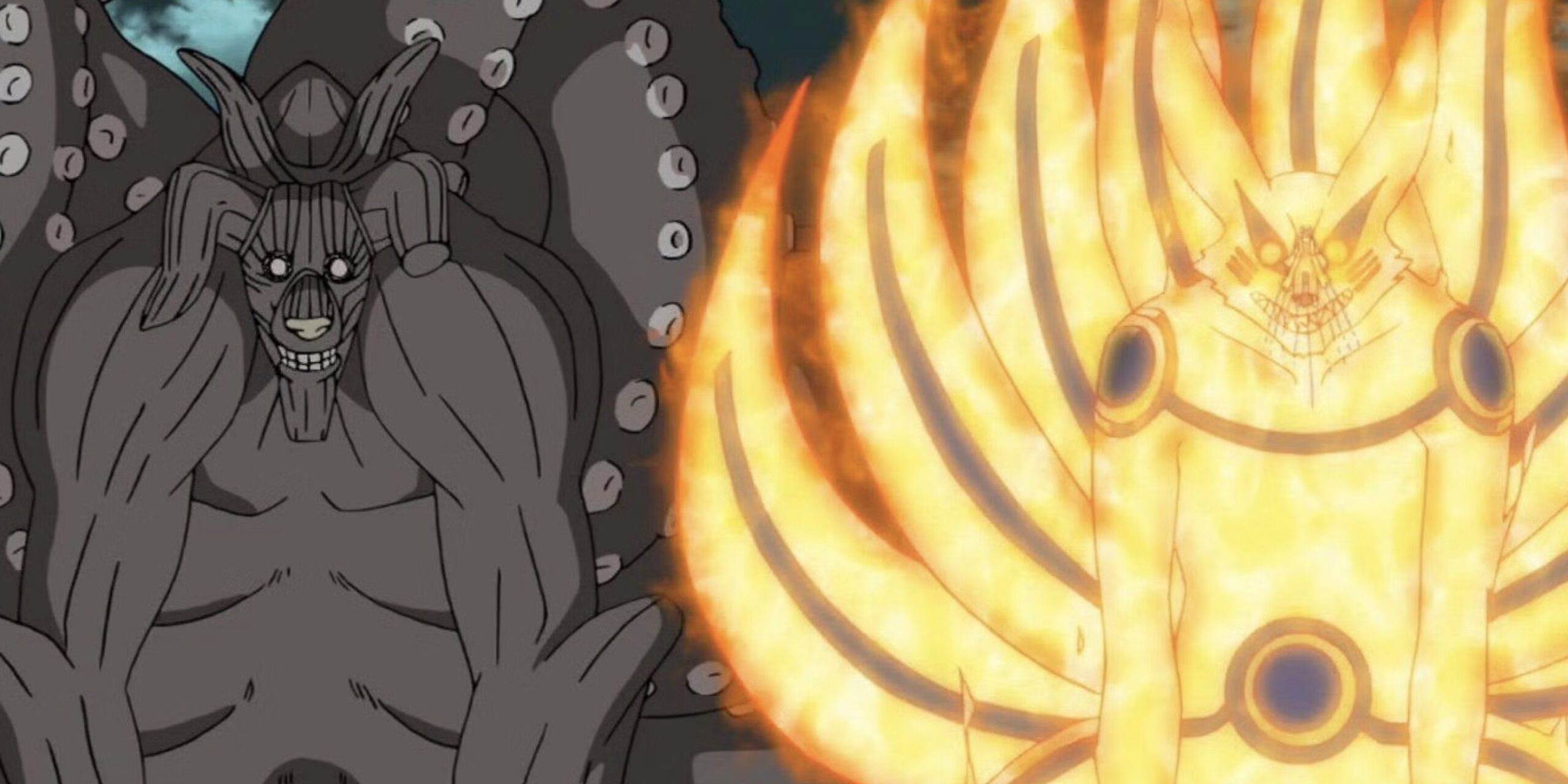
Where other beasts only knew captivity and conflict with their human sacrifices, B and Naruto had shown Gyūki and Kurama friendship and even brotherhood.
So when Hagoromo kindly offered to release them to independence, Gyūki and Kurama elected to remain voluntarily sealed within their partners.
They had grown to enjoy B and Naruto’s lively company far too much to separate, and the feeling was mutual. Unlike half-prisoners, the two jinchūriki and tailed beasts now felt akin to teammates.
Honoring their wishes, Hagoromo ensured both hosts’ seals remained strong for Gyūki and Kurama to inhabit comfortably.
He also returned the last fragments of their scattered chakra to make each mighty beast whole once more before parting ways. Though they could have claimed freedom like their kin, Gyūki and Kurama parted ways with the Sage to enter this new era happily at B and Naruto’s side, at last unbound brothers.
How Naruto Plays An Important Aspect With Tailed Beasts
Beyond allowing Gyūki and Kurama to remain with their jinchūriki, Hagoromo established another key role for the tailed beasts’ future – designating Naruto and by extension Kurama’s seal as their permanent gathering point.
During the war, Naruto had bonded closely with all nine tailed beasts, even convincing them to entrust fragments of their chakra to him in a show of solidarity.
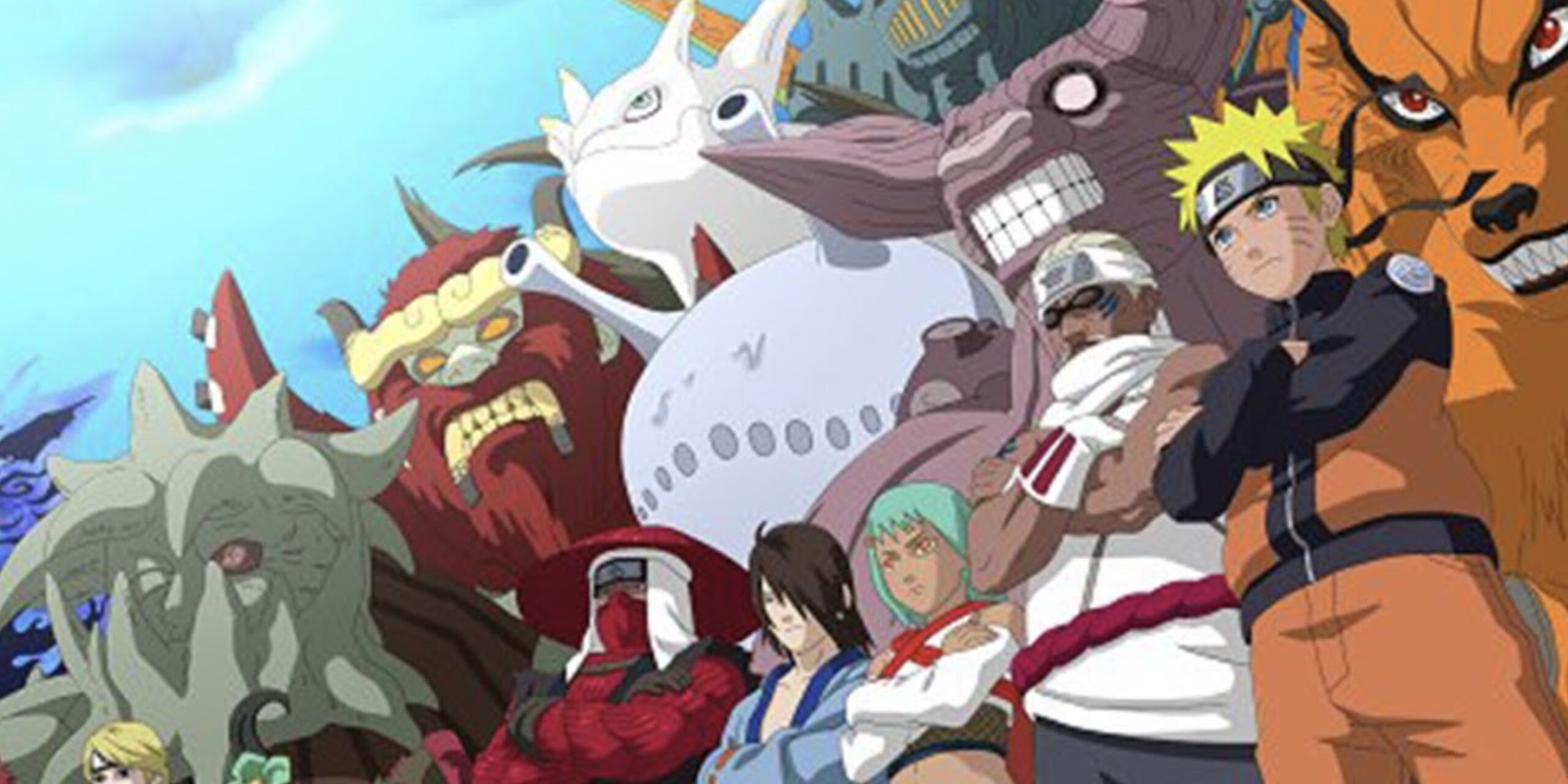
This not only gave Naruto access to their combined powers, but established a two-way link of communication through which the beasts could convene mentally even when physically apart.
Recognizing this, Hagoromo charged Kurama and by proxy Naruto with safeguarding this space to serve as a virtual home that could forever connect all nine tailed beings.
He also appointed mature Kurama, the mightiest of them all, as guardian of this mindscape which linked them telepathically – assuring they would always have a refuge to come together.
Kurama accepted this duty as it meant staying with beloved partner Naruto regardless. And so ever after, though the tailed beasts wandered the world in solitude they remained bonded through Naruto’s sealscape.
There they could visit, converse, or seek counsel with fellow beasts and humankind’s most trusted friend whenever desired.

